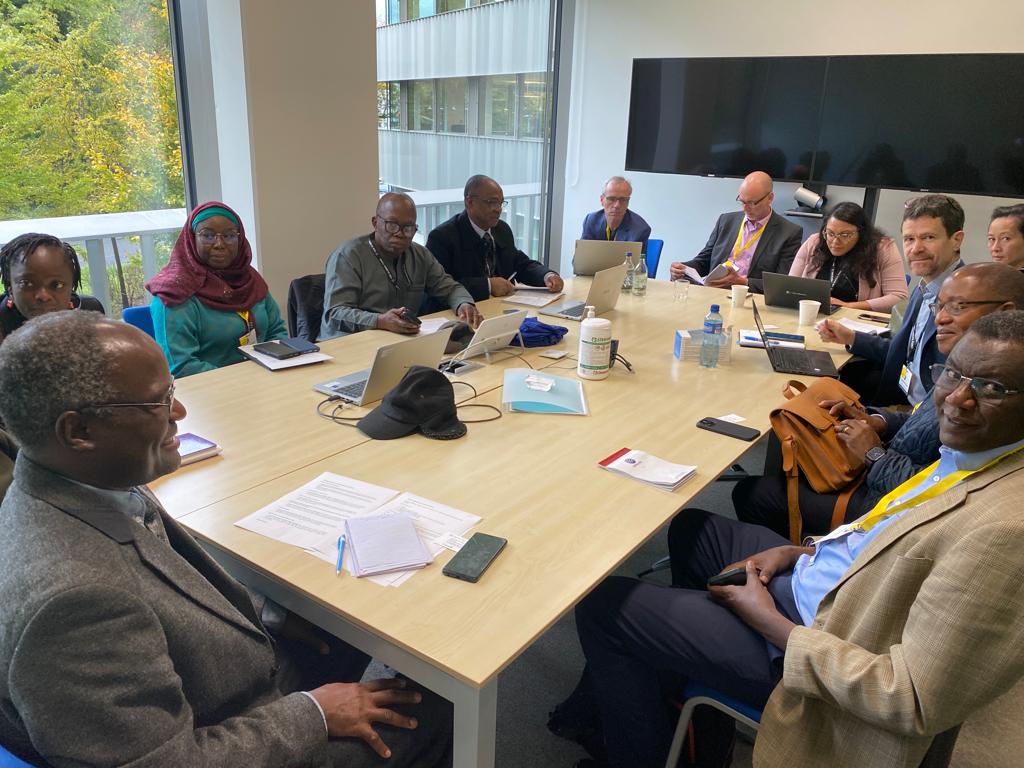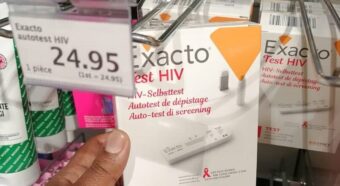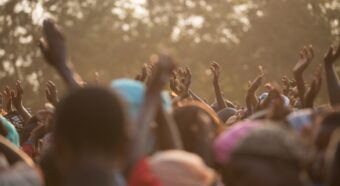The African Constituencies are requesting at least one additional voting seat on the Global Fund Board
- November 15, 2023
- African Constituencies / African Voice
- By The Bureau
- Read in French

The Global Fund has an inclusive governance system. However, it is it equitable? Can we save more lives with a better representation of Africa which, after all, receives more than 70% of Global Fund monies?
The African Constituencies are requesting at least one additional voting seat on the Global Fund Board. The Board currently comprises 28 members: ten donors, ten implementing voting members and eight non-voting members. Among the implementers are two Africa Constituency voting members, one for Eastern and Southern Africa (ESA) with 22 countries and the other for Western and Central Africa (WCA) with 24 countries. There are three seats for non-state organizations, and five other government constituencies representing other regions of the world like the Eastern Mediterranean region(EMR), Eastern Europe and Central Asia, Latin America, and Western Pacific.
It’s about efficiency, value for money and equity
The WCA and ESA Constituencies together are home to about 1.2 billion people which includes 70% of people who live with HIV (PLHIV), 23% of people affected by TB and 96% of malaria cases worldwide. These two Constituencies encompass 21 low-income countries, 18 lower-middle-income countries and one high-income country (South Africa). This high burden of disease associated with lower income is one of the reasons why the two African regions receive more than 70% of Global Fund resources.
But while Africa receives 70% of the resources it only accounts for a mere 20% of implementers. In practical terms, this composition makes constituency engagement and governance complex. How do people decide on agenda items and positions that reflect the views of all their constituencies? How impactful and effective are decisions made in a governance model whereby those who receive 70% of the money and are responsible for a similar proportion of results get as much space as those who receive, for example, 5% of the resources? Is this distribution of seats equitable?
This question of equity is not only a matter of moral or fair sentiments. It translates into lives saved or missed opportunities.
South Africa and South Sudan: worlds apart yet the same voice
To give you a practical example of constituency engagement and position, let’s look at the ESA Constituency. At its southernmost tip is South Africa with the richest economy in sub-Saharan Africa and home to seven million PLHIV. At the northern end of the ESA constituency is South Sudan. Its population of 11 million is barely 35% higher than the total number of PLHIV in South Africa. The South Sudanese gross domestic product (GDP) per capita of $1,072 is about 15% of that of South Africa’s $6,777, according to World Bank data. South Sudan has emerged from decades of civil war and became independent in 2011; and the young country is still very much in a nation-building stage with civil war flaring up every so often. South Africa has existed since 1910 and has a stronger institutional framework (even if it is often tested).
How likely is it for those two countries to have the same priorities and focus? These are only two countries out of 22. How easy it is for a single person (even with an effective Secretariat) to represent all of them meaningfully and adequately bring their issues to the table?
Consider the Global Fund’s market-shaping discussion, a pivotal dialogue with implications for Africa and global health security. However, practical responses to this multifaceted issue will likely differ in South Africa and South Sudan.
In South Africa, the focus is rightfully on bolstering domestic production of critical healthcare essentials such as antiretroviral medications (ARVs), vaccines, and various health commodities. This approach aligns with the country’s capacity and resources, allowing it to meet the healthcare needs of its population effectively. Conversely, South Sudan faces an entirely distinct set of challenges. It lacks a robust pharmaceutical production industry, rendering local manufacturing of health-related products an unattainable goal in the three-year Global Fund cycle. Instead, the nation grapples with the intricacies of the Additional Safeguard Policy. Here, the top priority is the development of systems robust enough to earn the Global Fund Secretariat’s trust, particularly when it comes to relying on the country’s Ministry of Health or other local entities as Principal Recipients of Global Fund grants. Up to this point, only United Nations agencies have held this role in South Sudan.
Note that market shaping is just one of the twenty or so topical issues discussed at Global Fund Board meetings. It is important to support all countries adequately and not only those that are easy to support.
Dissenting voices
Critics of an increased and improved representation of African governments claim that Africans are better heard through the seat of Communities and Civil Society Organizations. How can civil society organizations (CSOs) represent entire countries and national governments? Rather, the CSOs work complements that of governments who are legally entrusted with the care of their people and must be at the table to discuss various issues like the policy framework, law-making, sustainability and transition, manufacturing regulation, and other public national level issues.
Other critics claim that the EMR seat represents Africa because that constituency includes North African and Middle East countries. This raises questions on two points: North Africa’s circumstances are different from those of ESA/WCA constituencies in many ways, including epidemiological ones. Second, it would be highly unusual for countries in the Middle East, outside the African continent, to be considered African representatives.
Originally posted on AIDSPAN. Read more here
Kafui Essie


